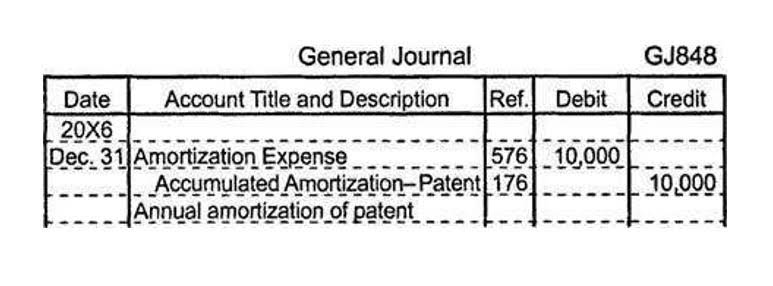
Contribution margin and regular income statements can be very detailed, requiring an in-depth understanding of the business’s inner workings. An income statement would have a much more detailed breakdown of the variable and fixed expenses. It’s important to note this contribution margin format income statement is a very simplified look at a contribution margin income statement format. Some other examples of fixed costs are equipment and machinery, salaries that aren’t directly related to the product’s manufacturing, and fixed administrative costs. The contribution margin and the variable cost can be expressed in the revenue percentage.
How do you calculate the contribution margin from EBIT?
A high contribution margin cushions the fall from unexpected costs and dips in sales. That’s why any business worth its salt will look to improve its margins wherever possible. Quickly surface insights, drive strategic decisions, and help the business stay on track. Keep reading to learn more about operating margins, including how they’re calculated and a few examples.
- The Net Income is found by subtracting the total fixed costs from the contribution margin.
- Imagine you have a lemonade stand; the more lemonade you sell, the more sugar and cups you need.
- When you want to determine the proportion of expenses that truly varies directly with revenues, it is useful to create an income statement in the contribution margin format.
- By doing this, we see the gross profit margin, which helps businesses decide on pricing and how to manage costs to generate more money.
- Contribution is the amount of earnings left over after deducting all direct costs from revenue.
Contribution Margin Income Statements
It shows the percentage of sales revenue that ends up as profit after all expenses are paid. This includes every cost, from making the product to the company’s rent and advertising. It’s a critical number because it tells you if the company’s actually making money or if it’s losing money.
How do you calculate the contribution margin ratio?
- Quickly surface insights, drive strategic decisions, and help the business stay on track.
- Interpreting these numbers requires a nuanced understanding of the business’s operational landscape.
- The income statement is your friend when it comes to your business’s revenue and expenses.
- Earnings Before Interest and Taxes (EBIT) is the company’s net income before applying taxes and interest rates.
- For example, sales may increase so much that an additional production facility must be opened, which will call for the incurrence of additional fixed costs.
- By subtracting these variable costs from revenue, you’ll arrive at the contribution margin.
For instance, Nike has hundreds of different shoe designs, all with different contribution margins. Putting these into a traditional income statement illustrates the bigger picture of which lines are doing better than others, or if any shoes need to be discontinued. Traditional Income Statement – Breaks down gross profit, operating income, and net income for a comprehensive financial overview. That means 63% of your revenue is available to cover fixed expenses and profit. Interpreting these numbers requires a nuanced understanding of the business’s operational landscape.
- In three ways, a contribution margin income statement differs from a standard income statement.
- After gathering the data you need, the next step is to categorize the expenses.
- This holistic approach to financial decision-making helps finance teams align strategies with business objectives, maximizing profitability and driving sustainable growth.
- The contribution margin income statement is how you report each product’s contribution margin—a key part of smart operating expense planning.
- From contribution margin figure all fixed expenses are subtracted to obtain net operating income.
Learn more about the standards we follow in producing Accurate, Unbiased and Researched Content in our editorial policy. This is especially true if the business is publicly owned, though privately-owned businesses would still have to prepare one. As a business owner or manager, you need to know how much money your business is earning as well as how much money the business is spending. Increase your desired income on your desired schedule by using Taxfyle’s platform to pick up tax filing, consultation, and bookkeeping jobs. When you’re a Pro, you’re able to pick up tax filing, consultation, and bookkeeping jobs on our platform while maintaining your flexibility. You can connect with a licensed CPA or EA who can file your business tax returns.

Advantages of a Contribution Margin Income Statement

In all these measures, the goal is to use them as tools for making smart decisions. They’re all about figuring out not just how much money a company makes, but how it makes that money and what it means for the future. They’re essential for understanding the health and performance of a business, guiding decision making, Restaurant Cash Flow Management and planning for growth.
Calculating Contribution Margin Ratio

You don’t need to spend this money to create the product, but it is still included in the cost of making a sale. Make informed decisions, predict future trends, and recording transactions drive your business forward with speed and confidence. Earnings Before Interest, Taxes, Depreciation, and Amortization (EBITDA) digs even deeper by removing the impact of non-cash expenses like depreciation and amortization. This figure marks a decline from the 50-60% profit margins Apple previously enjoyed with many of its past iPhone models. After gathering the data you need, the next step is to categorize the expenses. This is because it shows the contribution margin which is directly influenced by the level of sales.







No Comments
Leave Comment